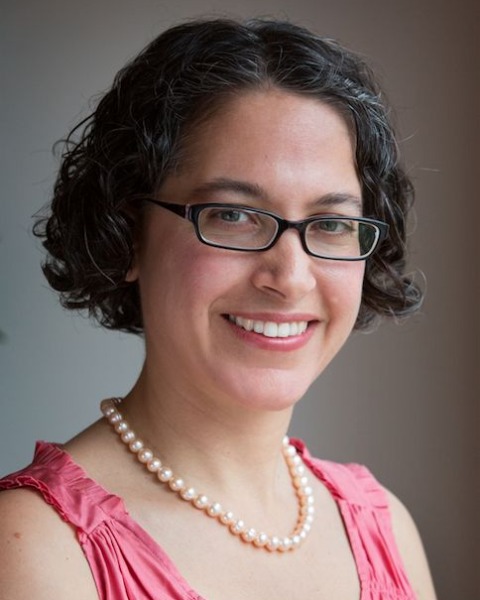Quick Fire Cases
CMR for Planning Staged Biventricular Repair in Children with Complex Congenital Heart Diseases (QF_FR_093)

Sunil J. Ghelani, MD
Assistant Professor of Pediatrics
Boston Children's Hospital
Sunil J. Ghelani, MD
Assistant Professor of Pediatrics
Boston Children's Hospital
Rebecca S. Beroukhim, MD
Assistant Professor
Boston Children's Hospital- NT
Nikhil Thatte, MD
Boston Children's Hospital
Presenting Author(s)
Primary Author(s)
Co-Author(s)
This report demonstrates the critical role of serial CMR in decision making and surgical planning of biventricular repair in 2 children.
The first case is that of a child with Trisomy 21 and right dominant atrioventricular canal defect. He underwent a pulmonary artery band at 6 weeks of life at an outside institution as his LV and mitral valve were deemed to be too small to pursue a septation. On presentation at our institution at 2.6 years of age, comprehensive evaluation including a CMR confirmed the potential for surgical recruitment of the left heart with a goal of ultimate biventricular circulation. The LV measured 18 ml/m2 and contributed 15% of the combined cardiac output. In order to stimulate left heart growth, he underwent fenestrated closure of the ASD, pulmonary artery band loosening, atrioventricular valve separation with splitting of LV papillary muscles (VSD left open), along with a bidirectional Glenn operation. Ten months after the surgery, the LV had grown to 30 ml/m2, and contributed 24% of combined cardiac output. The decision was made to wait longer before additional surgery. At a CMR done one year later, the LV had increased to 35 ml/m2 and flow across the mitral valve was 3.4 L/min/m2. Based on this, the decision was made to proceed with a full repair which he successfully underwent (VSD closure and Glenn take down). He is asymptomatic and doing well at 1 year follow up.
The second patient had a double inlet left ventricle with transposition of the great arteries. He had undergone a stage 1 with modified Blalock-Taussig-Thomas shunt at 1 week of life followed by a bidirectional Glenn at 5 months of life at an outside institution. On presentation at our institution at 4 years of age, he had a mildly dilated LV (109 ml/m2) and a diminutive infundibulum (8 ml/m2). He had two normal-sized atrioventricular valves and transposed but normal appearing aortic and pulmonary valves. He underwent a fenestrated patch closure of the ASD and partial ventricular septation with a patch as well as placement of a modified Blalock-Taussig-Thomas shunt (to volume load the sub-aortic half of the ventricle). At a follow up CMR 1 year later his subaortic ventricle measured 122 ml/m2 and sub neo-aortic ventricle measured 67 ml/m2, both with mild systolic dysfunction. Based on this the aortopulmonary anastomosis was undone and main pulmonary artery was connected to the left pulmonary artery (Glenn left in situ) thereby establishing antegrade flow from the tricuspid valve via the neo-RV to the pulmonary artery. In the presence of known residual ‘VSDs’ a band was placed on the main pulmonary artery. At a follow up CMR 2 years later, although smaller, the VSDs were still significant with a Qp/Qs of 2.2. The neo-LV was severely dilated (152 ml/m2) with mild dysfunction. Surgical closure of the VSDs was undertaken successfully with no residual defects on follow-up echocardiogram. He is asymptomatic and doing well at 1 year follow-up.
Diagnostic Techniques and Their Most Important Findings:
- Surgical decision making in complex congenital heart disease relies on accurate estimation of chamber sizes and flow
- High quality 2D cine SSFP imaging stacks provide reproducible ventricular volume assessment
- 2D phase velocity flow measurement (e.g. mitral valve) can help predict surgical success by allowing comparison of current and expected post-op physiology
Learning Points from this Case:
- CMR plays a key role in decision-making and surgical planning for children with complex congenital heart diseases
- Serial evaluations, done with a consistent protocol, are essential to inform timing and nature of procedures

